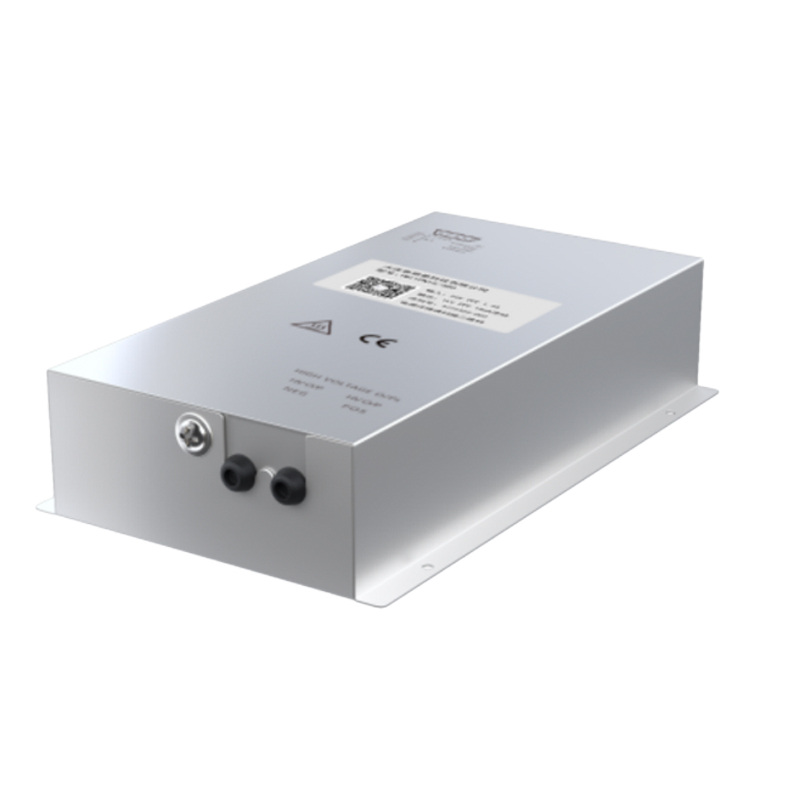High-Voltage Safety Control Strategies in Electrospinning Systems
Electrospinning utilizes strong electrostatic fields to draw fine polymer jets from a liquid or melt source, forming nanofibers on a collector surface. The process typically operates under voltages of 10–100 kV, introducing substantial electrical hazards if safety is not meticulously engineered. A robust high-voltage safety control strategy ensures both operator protection and system reliability.
The first principle of HV safety in electrospinning is controlled voltage ramp-up. Sudden voltage application can induce corona discharges, air breakdown, or unexpected jet formation. Implementing a soft-start mechanism, where voltage increases gradually with controlled slew rate, prevents abrupt field spikes and stabilizes fiber formation.
Overcurrent protection is essential. Any fault—such as liquid bridge formation, electrode shorting, or excessive humidity—can cause sudden current surges. Real-time current sensing combined with fast electronic shutoff circuits ensures immediate power interruption upon fault detection. Some systems incorporate electronic fuses or crowbar circuits that discharge the HV output safely when a fault occurs.
Mechanical and dielectric insulation integrity must also be maintained. High-voltage components should be enclosed in dielectric housings, with sufficient creepage and clearance distances based on voltage rating. Gradient field distribution using resistive dividers reduces local field stress and prevents surface flashover.
Proper grounding and shielding design are indispensable. The HV output must be referenced to a controlled ground path, and metallic parts near the high-field region must be bonded to prevent floating potentials. Faraday cages and conductive enclosures minimize EMI emission and ensure operator isolation.
Interlocking mechanisms further improve operational safety. The power supply should only energize when all access doors, enclosures, and safety barriers are secured. Hardware interlocks connected to microcontrollers provide fail-safe protection: if any interlock is opened, the HV output is immediately disabled and residual energy discharged through a bleeder network.
Continuous monitoring and alarm systems offer another protection layer. Parameters such as voltage, current, leakage current, and insulation resistance are continuously measured. Deviation beyond safe thresholds triggers alarms, data logging, and automatic shutdown.
In addition to hardware controls, software-level supervision allows adaptive safety management. Embedded microcontrollers perform health checks before each operation cycle, verifying insulation integrity and confirming that all sensors and interlocks are functional.
Operator safety protocols complement electronic measures. Equipment should feature emergency-stop buttons, visual indicators for HV status, and grounding verification procedures. Operators must be trained in handling high-voltage environments, with protective gloves, grounded footwear, and adherence to distance and access limitations.
Collectively, electrospinning HV safety is achieved through multi-layered engineering redundancy—comprising controlled voltage profiles, fast electronic protection, reliable insulation, active monitoring, and strict procedural safeguards. These elements ensure stable operation while minimizing electrical hazards inherent in nanoscale fiber production.




















